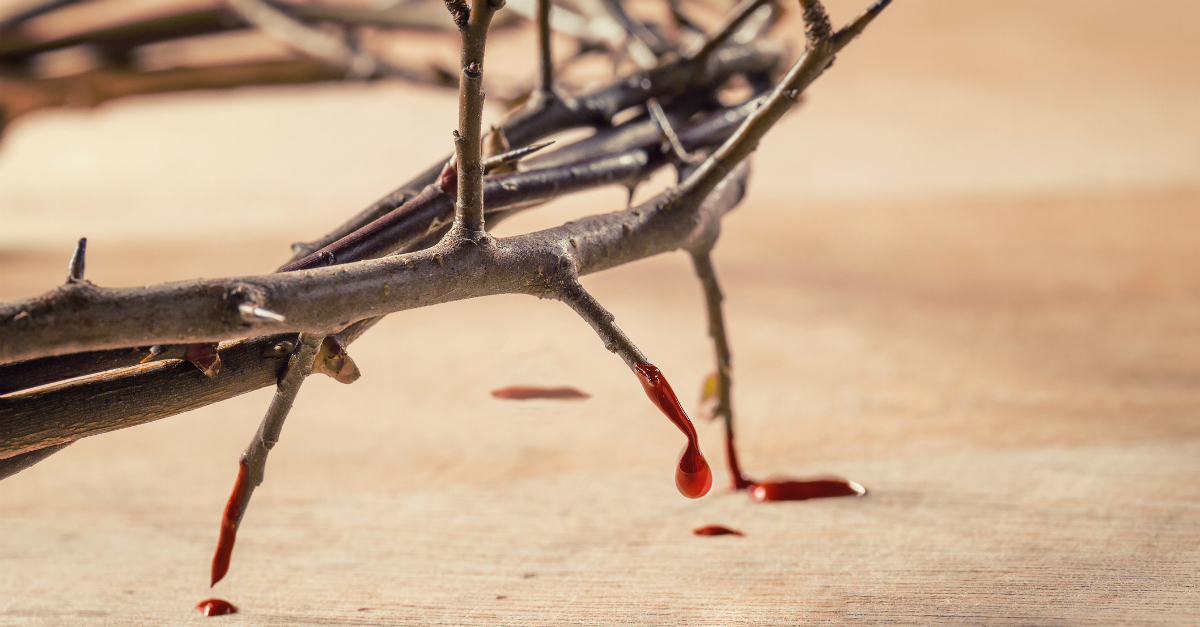
1 Corinthians 11:23–26 — “For I have received of the Lord that which also I delivered unto you, That the Lord Jesus the same night in which he was betrayed took bread: And when he had given thanks, he brake it, and said, Take, eat: this is my body, which is broken for you: this do in remembrance of me. After the same manner also he took the cup, when he had supped, saying, This cup is the new testament in my blood: this do ye, as oft as ye drink it, in remembrance of me. For as often as ye eat this bread, and drink this cup, ye do shew the Lord’s death till he come.”
The Lord’s Supper is the highest act of gratitude. Jesus Himself gave thanks before breaking bread and offering the cup. Gratitude frames the remembrance of His sacrifice. We give thanks not only for what He did but for who He is.
The bread represents His body, broken for us. The cup represents His blood, shed for us. Gratitude deepens when we remember the personal nature of the cross: “for you.” He gave Himself for our redemption.
Paul reminds us that every time we partake, we proclaim His death until He comes. Gratitude for the cross is not a one-time act but a continual remembrance. It sustains faith, strengthens unity, and fuels hope.
For pastors, leading the Supper is both privilege and weight. It reminds them that ministry flows from Christ’s sacrifice. For the flock, participation is both worship and witness. Gratitude is expressed not only in words but in remembrance.
The Supper also points us forward. We give thanks now in remembrance, but one day we will give thanks in His presence at the marriage supper of the Lamb. Gratitude flows from past redemption to future glory.
Let us approach the table with grateful hearts. Every piece of bread, every sip of the cup, is a proclamation of Christ’s love. Gratitude for His body and blood is the heartbeat of Christian worship.
